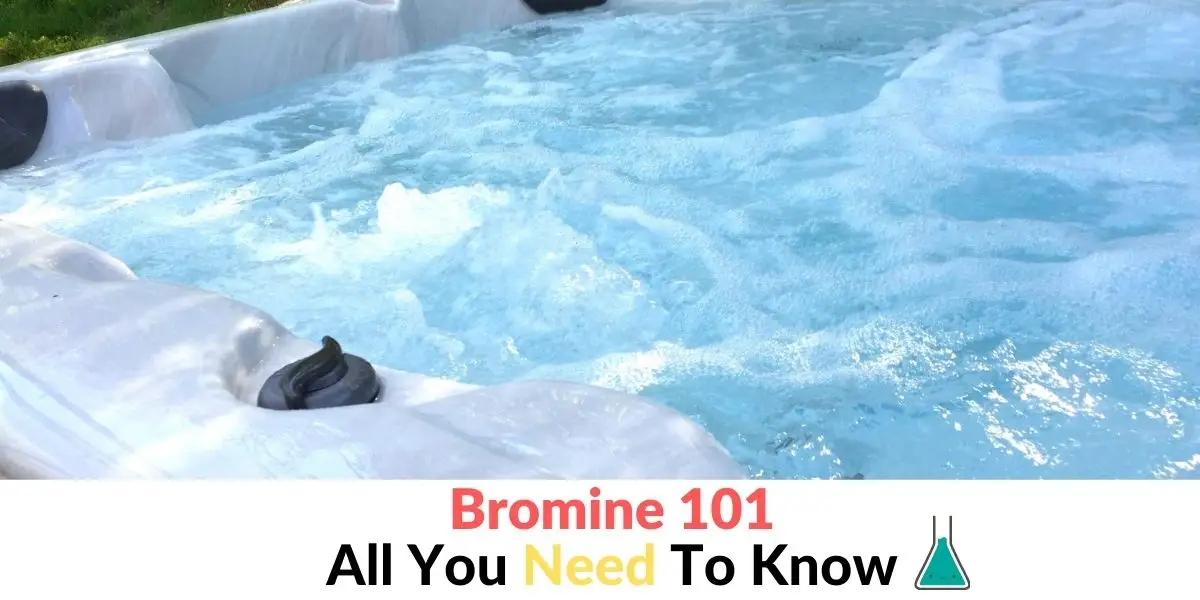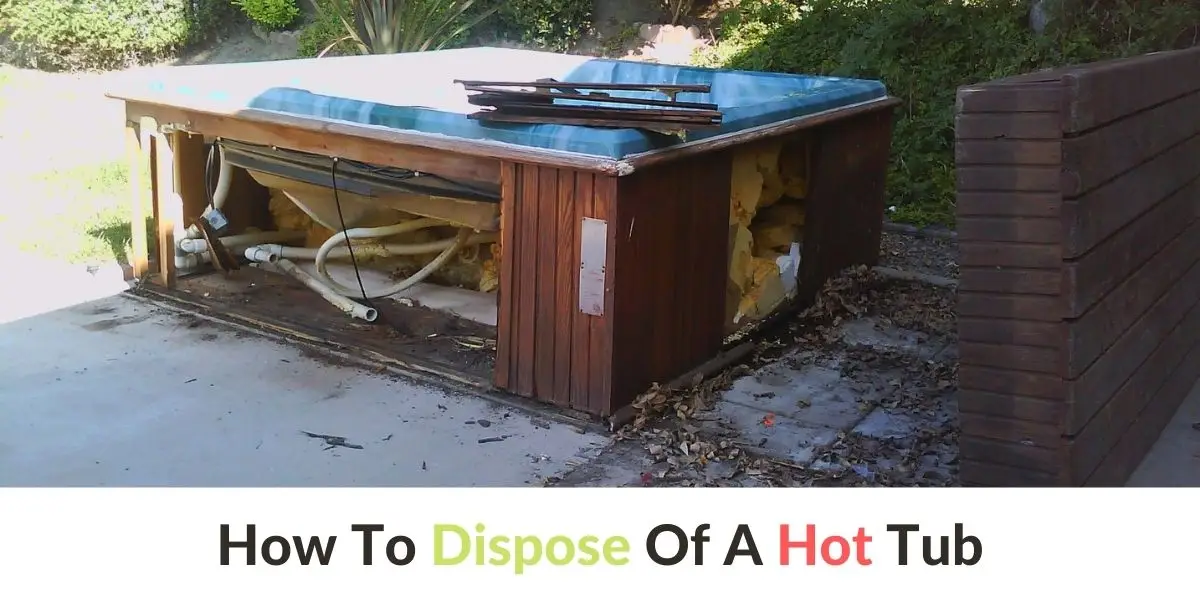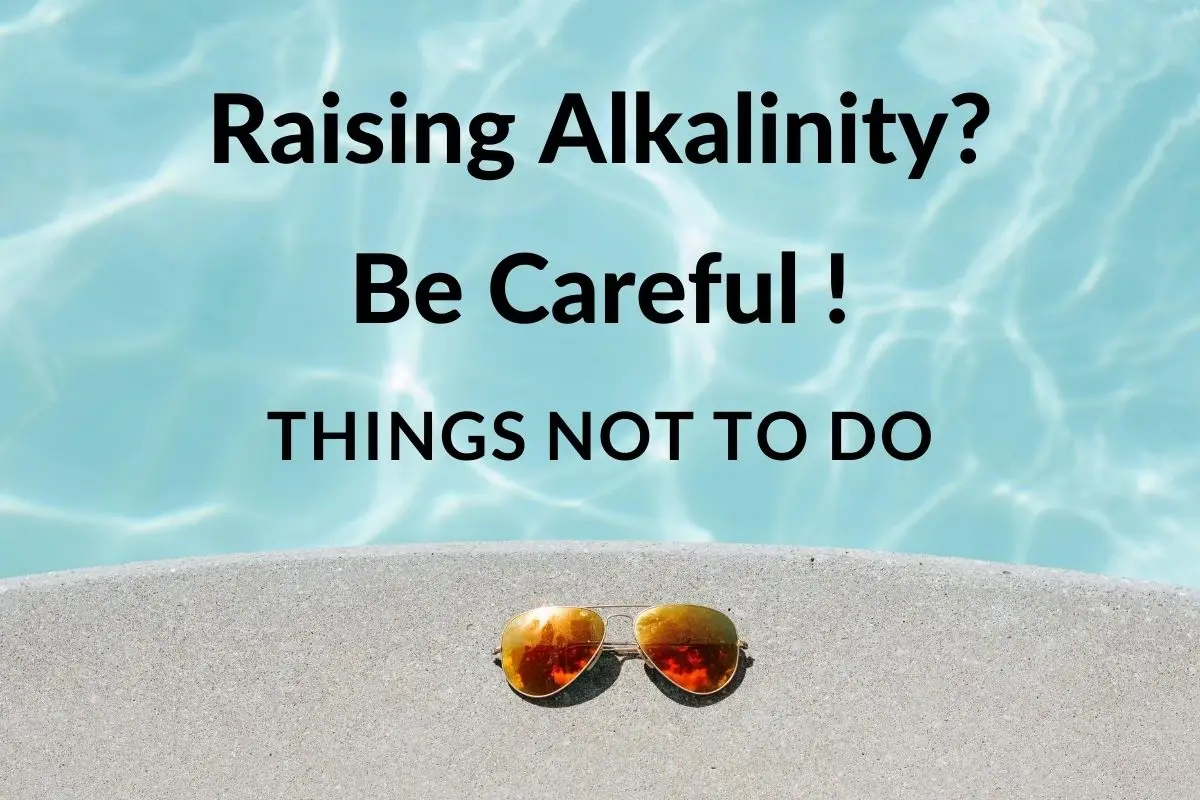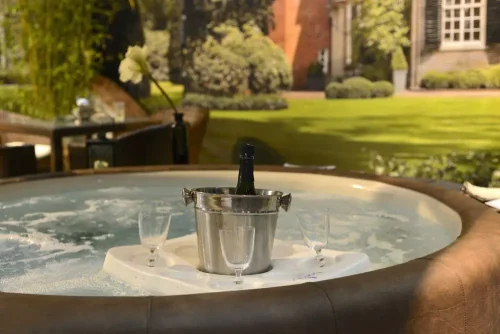Can You Recess A Hot Tub Into The Ground?
If you have ever wondered if it is possible to, instead of installing a regular hot tub, as usual, install it rather in the ground to make your hot tub experience even more pleasurable, the simple answer would be “Yes”. However, before recessing the hot tub in the ground, you will need to do some genuine prearrangement because it is supposed to be a permanent feature once set up.
The in-ground hot tub installation requires a couple of things to consider beforehand, such as drainage, servicing, and access. For example, sometimes there will be heavy rain, and you do not want your hot tub to turn into a mud pool. Hence, it is essential to put pipes into the concrete slabs to collect rainwater and spillage. Moreover, a proper drainage system is highly recommendable because you will need to drain your hot tub at some point.
In case of possible damages and repairs, you will need to provide access to the hot tub’s control panel. Moreover, it would help if you provided access to all four sides of the hot tub in case of any leaks. The access should be wide enough for an average-sized person to fit in should he need to get inside and change pumps or other mechanical parts. Additionally, warm and wet places are the perfect habitat for rats and other rodents who might chew and damage the installation pipes and wirings.
If you follow all the necessary planning and preparation, once set up, an in-ground hot tub could be fully functional and enjoyable at the same time.
How do you Install a Recessed Hot Tub?
A recessed hot tub can be an altering and a great addition to your deck or backyard. However, there is a set of prearrangements to do if you intend your tub to be not only inviting but also convenient:
- Size of the hot tub area
- Electrical wiring
- Drainage
- Foundation
- Access
Before any ground digging or modifying your deck, you should first determine the size of your hot tub, meaning that you need to be sure of the exact dimensions of the width, length, and height. You will need to dig a hole large enough to accommodate the tub, which should be larger than the tub itself because when installed, you will need at least three feet of access to the electrical installations. Additionally, your hot tub should not be leveled with your deck because of the easier access in and out of the tub and to prevent kids or animals from falling into the water. This is also to allow the tub cover to fit over the tub when not in use.
The next step is to ensure safe electric installation through conduit pipes before pouring the foundation for the hot tub. Moreover, a proper drainage system is necessary. You should have two drains; one to collect spillage and rainwater to prevent flooding and damage to hot tub installations, and the other to use when draining the water from the hot tub.
Afterward, you need to ensure that the structure can support the hot tub weight when filled with water. Again, the best option is the concrete slab that needs to be bonded through with copper wiring to prevent concrete from deteriorating. The slab should be a minimum of four inches thick.
Lastly, you need to provide full access to all four sides of the hot tub in case of any repairs to the control panel, plumbing, or other hot tub parts.
Can I Sink my Hot Tub?
Having your hot tub sunken in the ground is a feasible idea that requires thorough planning and preparation beforehand.
Whether you decide to have your hot tub fully or partially sunken, you have to bear in mind that some significant steps are to be followed to make your hot tub not only an engaging and delightful experience but also a practical feature.
It would be best if you left your hot tub 17 to 24 inches above the ground for easier access in and out of the tub. Additionally, having your tub partially recessed will prevent children or animals from tripping over into the water or stepping on the cover when the hot tub is not in use. Moreover, you should have proper access to the cover latches placed on the sides of the hot tub to lock the hot tub cover.
Before you start doing anything, be sure that you have the exact dimensions of your hot tub. However, the hole in the ground should be at least three feet wider than your hot tub on all four sides. This is to enable access to the mechanical parts of the hot tub in case of damage and maintenance and to be able to check regularly for rodents that might chew up the installations. You could place removable panels on four sides of the hot tub for easier access.
Another thing to consider is the ground foundation. The most suitable support is a concrete slab, which should be at least four inches thick to uphold the weight of the hot tub when full of water and with people inside. Nevertheless, you should not forget to install a drainage system that would collect the rainwater and the melting snow, and the spillage to avoid water accumulation under your hot tub that could do some severe damage. A proper drainage system is also needed to drain your water from the hot tub occasionally.
How Much does it Cost to Install an Inground Hot Tub?
With a price that ranges between 6,000 and 20,000 $, an in-ground hot tub installation is considered the most expensive among all hot tub installations.
The price is mainly affected by the preparations and the work needed to prepare a site for the hot tub setup. For example, you might need to hire a professional to do electrical and plumbing installation that will cost you additional 250 to 350$. Moreover, hiring a professional contractor to make a cement foundation slab might cost you between 1,500 and 3,000 $.
On the other hand, the price also depends on the type of the in-ground hot tub. You should know that there are two types of in-ground hot tubs:
- Prefabricated, and
- Custom-built
The prefabricated hot tubs are known to be less expensive among the two. Those are factory-built shells made of acrylic or stainless steel in different shapes, either oval, round, square, etc. However, their prefabricated body makes them challenging to install because of the possible limited space if you already have a deck built. The cost for installing a prefabricated hot tub usually ranges between 3,000 and 10,000$. There are also additional expenses due to the installation procedure that might range from 3,000 to 5,000 $.
The starting price for the custom-built hot tubs is about 5,000 $, while the highest price depends on your budget and can reach up to 20,000 $. However, added features, the brand, and the size determine the final price. Custom-built hot tubs are made of concrete called gunite and are much larger than prefabricated but have fewer jets.
Although you can expect the electricity bill to increase by 20 to 40 $ per month, there are other ways to save money. For example, heating components are usually sold separately from the in-ground hot tub; hence you can choose whether to use electricity, propane, or natural gas to heat the water. My recommendation is to use natural gas because it is cheaper and can save you some money.
Should you Sink a Hot Tub Into the Ground?
Whether to sink or not your hot tub in the ground depends on your budget and a genuine reason behind wanting a hot tub. An in-ground hot tub has many benefits as well as disadvantages. For instance, an in-ground hot tub blends easily with the surroundings and highlights either your deck or backyard landscape. Moreover, it adds to the entire value of your property in case of selling the house and the backyard because, with added greenery, flowers, or lights that emphasize the tub during summer nights, it looks like a little, alluring oasis.
However, the in-ground hot tub might not be suitable for you if you are unwilling to spend extra money because it is more expensive to install the in-ground than the overground hot tub. Additionally, you will need more time to install it and more thorough preparation and planning. Another drawback is that it is tough to find a cover for custom-designed hot tubs.
You have to bear in mind that in-ground installation is a permanent feature of your backyard landscape, but if properly installed, you will not have any regrets, I am sure.












